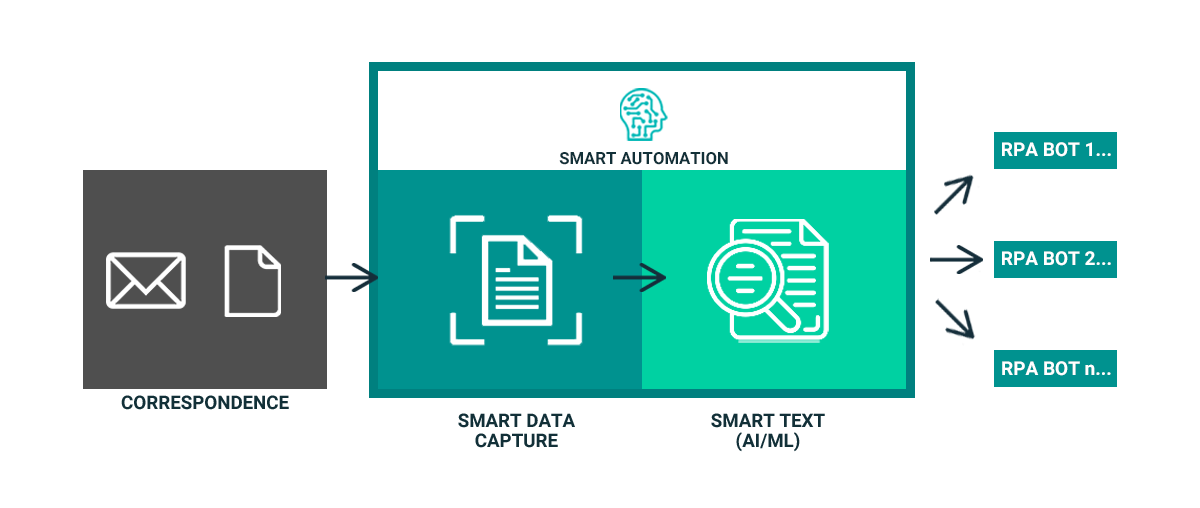What is all the Hype about Hyperautomation?
The Power of Hyperautomation
In October 2019, Gartner published its Top 10 Strategic Technology Trends for 2020, which features the organisation’s strategic technology trends for the year. Coming in at number one on the list is Hyperautomation – but what is Hyperautomation, and what’s the hype about it?

Gartner defines Hyperautomation as:
Hyperautomation deals with the application of advanced technologies, including artificial intelligence (AI) and machine learning (ML), to increasingly automate processes and augment humans. Hyperautomation extends across a range of tools that can be automated, but also refers to the sophistication of the automation (i.e., discover, analyze, design, automate, measure, monitor, reassess.) As no single tool can replace humans, hyperautomation today involves a combination of tools, including robotic process automation (RPA), intelligent business management software (iBPMS) and AI, with a goal of increasingly AI-driven decision making.
On first reading, with terms defining it such as Machine Learning, Artificial Intelligence and Robotic Process Automation, many may have been tempted to shrug their shoulders and say “we’ve been there, we’ve done that – nothing to see here.”
But take a little time, and a deeper look, to see what we are talking about here – it is about using the “range of these tools”, adding “sophistication” and most importantly in our view, “simplification” to the automation process. Not going along with the paradigm of “if your only tool is a hammer, then every problem looks like a nail”, but rather use the range of tools at your disposal collectively and for the most appropriate parts of the job.
As a consequence of the challenging Covid-19 times we live in, our customers want to understand how they can streamline the human touchpoints in their day-to-day business processes and discover whether technology and automation can actually help. Enter Hyperautomation, well applied, and appropriately, to the problem.
Many of our customers have typical scenarios – be that ERP, Digital Case Systems, Online Customer Contact, etc. of receive, triage, categorise, process and respond. This traditionally had a lot of human interactions/inputs (and in many instances at points will remain so) that lend themselves to a combination of the tools in the Hyperautomation toolbox.
Take an example we currently have of a legal statutory organisation who are automating the receipt of submissions from clients, automating the assessment and triaging of these into appropriate queues for processing by a bot, through appropriate digital channels on legacy applications – where possible and practical. Enter the application of intelligent Document Scanning to receive the documents, ML using a custom model to triage the submission to appropriate “bot queues” and RPA to process jobs (cases) which are fed to its queue.
So how did we do this and what tools did we use?

As we have seen more of this and the need to apply this across our customer base, we have invested in making this more repeatable for customers using a set of tools and frameworks which include many of these in our Smart Action Suite. The end goal of this is to look beyond the hype and focus on the application.
